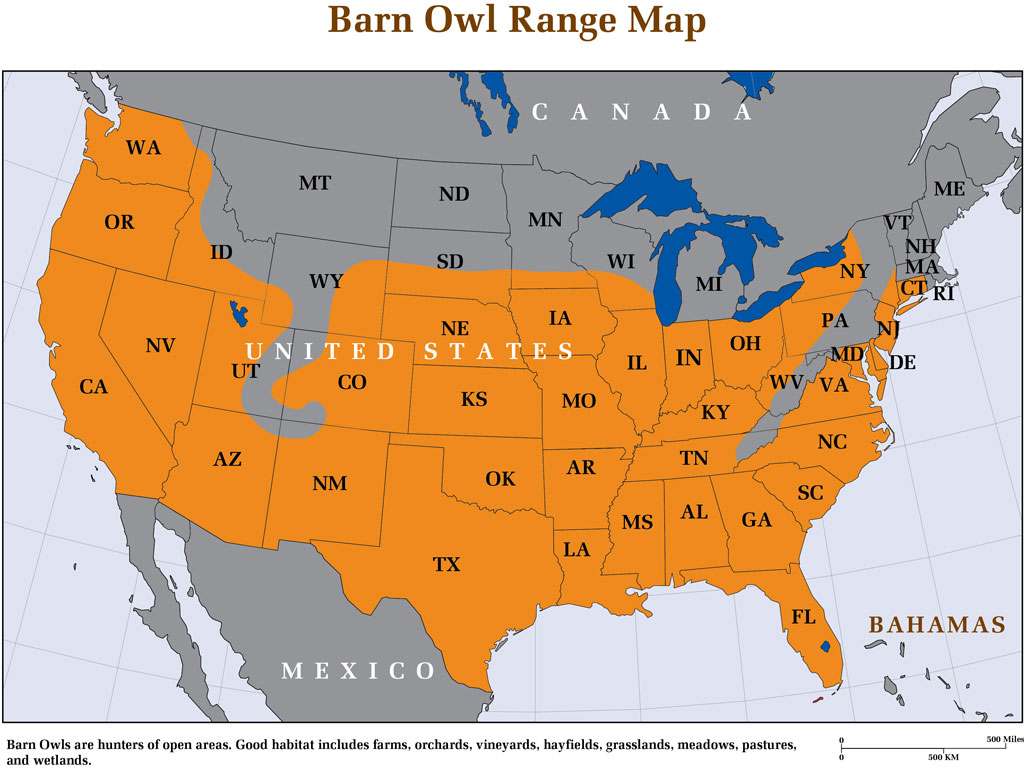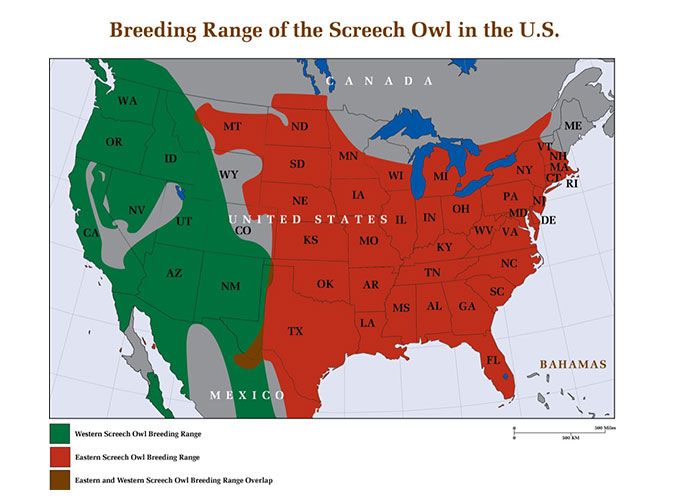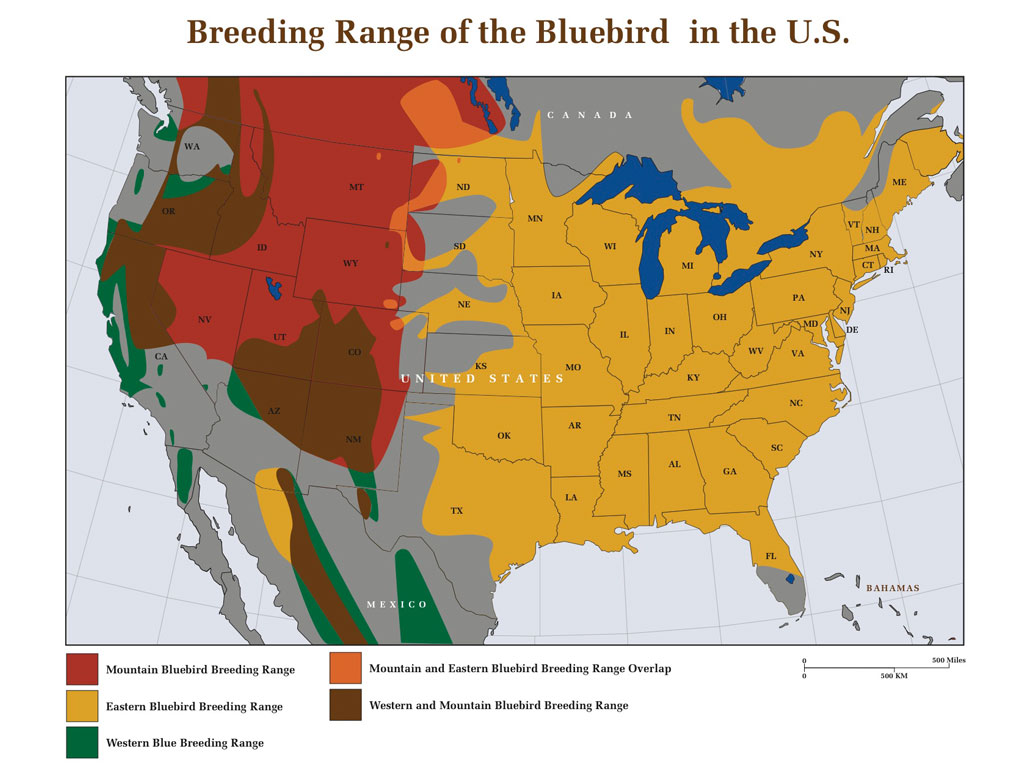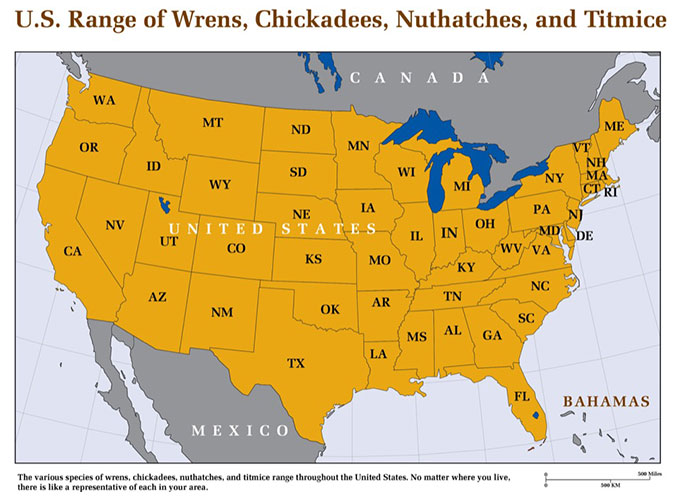Free Shipping to the Contiguous United States
Vermont Barn Owls
Barn Owls in Vermont
Vermont’s barn owls have always been very rare, with perhaps a few breeding sites each season. As with many northern latitude states, the severe winters limit barn owl numbers, however, even after the state’s barn owls have been decimated by deep winter snows, young birds from more southern states will disperse northward in small numbers in spring and may be lucky enough to cross paths with a mate. Such birds may find decent prey and nesting sites in Vermont for a season or two, but then the ensuing winters usually knock them back once again.
In 2011, four nest boxes were found occupied; one with 3 chicks, one with 2 unhatched eggs. All the records were from the Champlain Valley.
Addison County Barn Owls
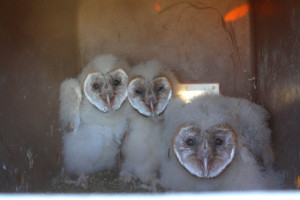
Recently, a barn owl roost was discovered in a barn in Addison County, just south of Lake Champlain. Local high school students dissected over 80 pellets to find that the barn owl’s diet consisted of 90% voles (meadow mice).
An interesting note from the Auk (a still existing ornithological journal) in the nineteenth century when journal articles tended to be more informal than today:
A male barn owl was killed in a barn in Lyndon, VT, June 4, 1894, and bought by a gentleman in St. Johnsbury…. Its plumage was light in color and, upon skinning, it was found to be very thin and muscular as though it had led a hard life.
Notice that shooting a rare owl for a specimen was thought to be an ordinary event back in the nineteenth century. In fact, in those days, both egg and specimen collectors scoured the countryside to find additions to their collections. Such practices are no longer in vogue nor legal, but the barn owl still has a difficult time in the cold, snowy environs of Vermont.
The Ebb and Flow of Northern Barn Owls
You will often read that certain states are at “the northern limits of the barn owls range”, or that the barn owl “exists only in the southern half” of a certain state. But to the barn owl, there are no lines drawn in the sand, or the snow, so to speak. As a relentless opportunist and a dramatic disperser, the barn owl pushes its own limits in order to find new breeding ground. It is part of the essence of this bird. So, each autumn, barn owls send out their freshly fledged emissaries of expansion in all directions, as has been verified by study after study. Although the dominant direction is southerly, some fly northward. Many of them simply perish, never to be heard or seen again. But in a warm year, they survive and, if fortunate, find a mate. So, barn owls push far beyond the so called limits of their range in mild years, expand into far northern areas such as Vermont, Maine, New Hampshire, or even Manitoba, Canada; then in a given period of harsh winters, are driven back to their “normal” range.

